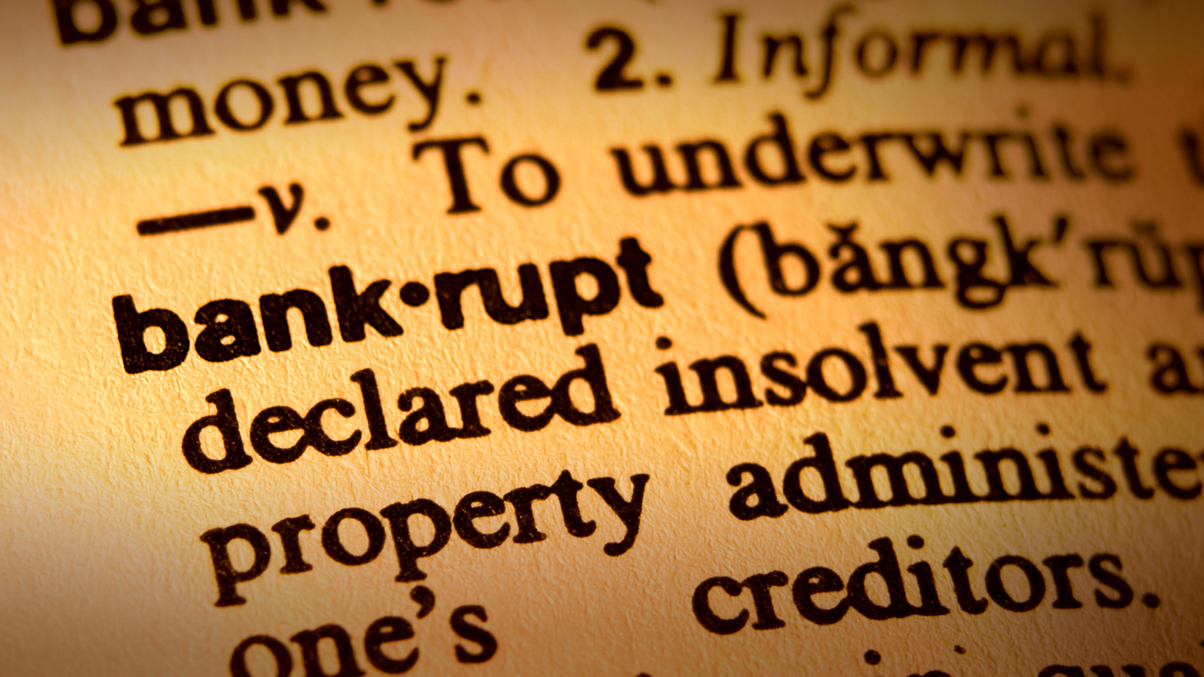Why China’s debt defaults are good for investors
The country’s implicit backstop to all state-linked borrowers has stymied credit and risk analysis. Abandoning it will encourage proper risk management and better bond pricing.

Investors rarely see a rise in bond defaults as a good thing. But in China’s case, an exception can be made.
Sign in to read on!
Registered users get 2 free articles in 30 days.
Subscribers have full unlimited access to AsianInvestor
Not signed up? New users get 2 free articles per month, plus a 7-day unlimited free trial.
¬ Haymarket Media Limited. All rights reserved.


